On what may have been the hottest day of the year we walked north from Moreton Station down Pasture Road, towards the sea front. The land on the east (right) is owned by Premier Foods and surrounds a Typhoo tea factory. There are new houses being built south of the factory site, but to the north is a popular green oasis called Ditton Lane nature area. Wirral Council have recently designated it as a Local Wildlife site, but the decision remains open to appeal by Premier Foods. There are said to be a large number of rare native Black Poplars there, but all we saw from the road was a Buzzard keeping watch from overhead. On the way back there were a couple of House Martins.
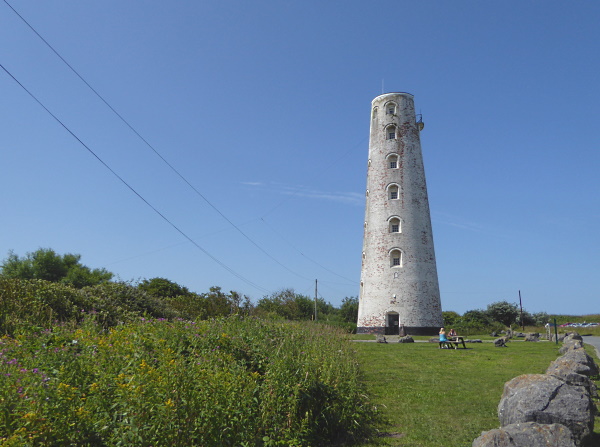
We crossed over into North Wirral Coastal Park and followed the path along the River Birkett towards the old lighthouse. The path was lined with masses of wild flowers: Great Willowherb, Green Alkanet, White and Purple Clover, Meadowsweet, Buttercup, Himalayan Balsam, Golden Rod, Common Mallow, Wild Carrot, Yarrow, Bindweed, Creeping Thistle, Coltsfoot leaves and clumps of Horseradish leaves. This red seedy plant confuses me. Is it Mugwort? Fat Hen? After a rummage I now think it’s either Common Sorrel or Sheep’s Sorrel, with the latter more likely as it’s near the coast.
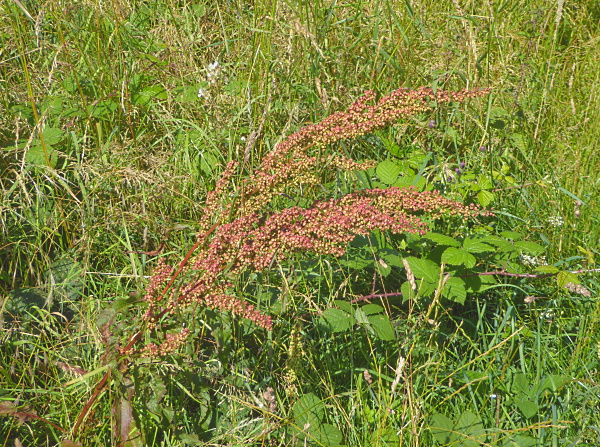
There were tufts of Ragwort everywhere. It’s many years since we saw huge numbers of the black-and-yellow caterpillars of the Cinnabar Moth, but we keep checking. None at Leasowe, but we saw a few yesterday at Lydiate.

We climbed up to the top of the sea-defence bank. The tide was way out, revealing an almost-empty beach (but the sea comes crashing against the sea wall at high tide in autumn gales.) Leasowe is on the north-facing Wirral coast, with the Mersey and Dee estuaries on either side. To the left we could see all the way to Anglesey and the Great Orme, to the right we could see the docks at Seaforth and northwards along Crosby beach, and in front were the turbines, which were not spinning at all today.
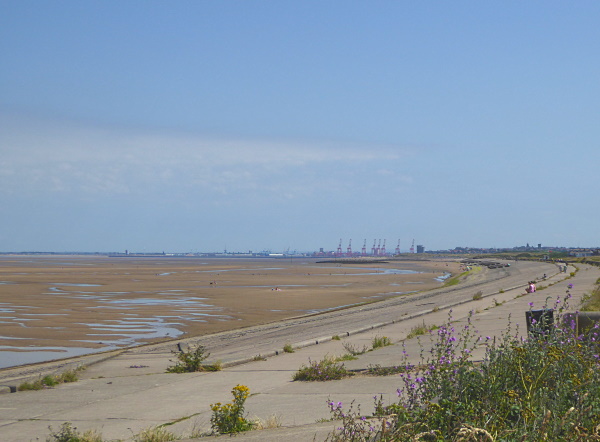
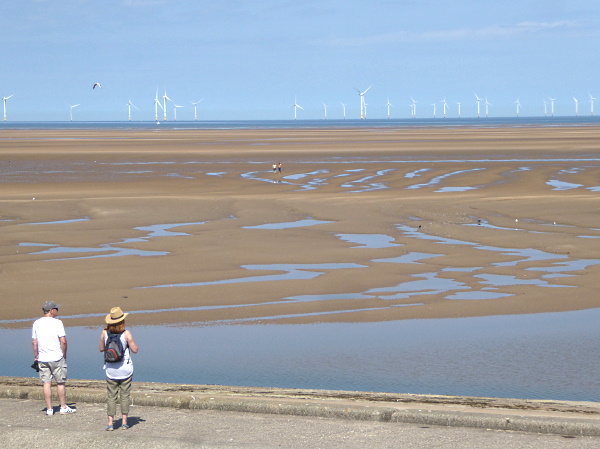
We wandered south-westwards on the top of the bank. The birds on the sand were humdrum – Carrion Crows, Herring Gulls, Lesser Black-backed Gulls, while a few Starlings flew over, and we spotted just two Swallows. Several White butterflies were abroad, and during the day we also saw a Comma, a Speckled Wood and a Red Admiral. Then we came down off the bank and headed back northwards via an overgrown path just inland of the Wirral Coastal Trail. It was almost machete-worthy, like Darwin’s tangled bank, made of walls of Reeds, Himalayan Balsam and Willow scrub, bound together by Brambles, Bindweed and Goose Grass.
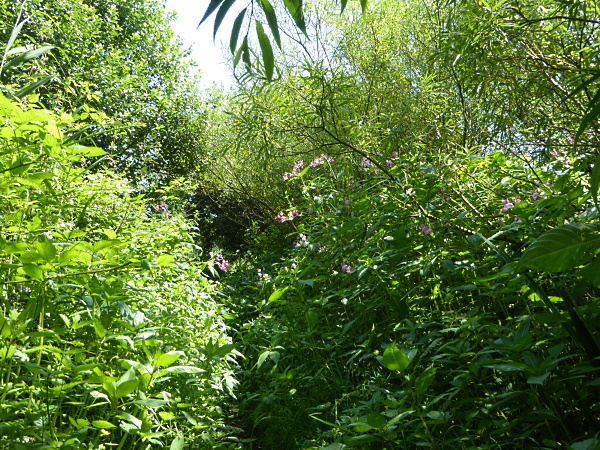
Despite appearances, there was no chance of getting lost and we soon spotted the lighthouse, which led us back to better-trodden paths. We stopped to admire this blue-flowering shrub. Is it some kind of Ceanothus? There are often garden “escapes” (more likely “dumps”) here, so it could be anything.
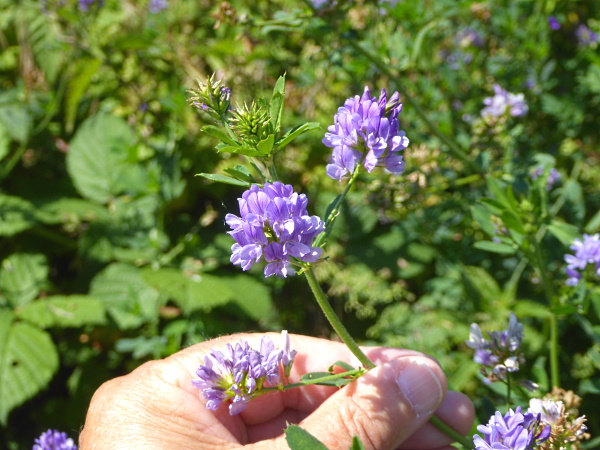
Yesterday (Saturday) was another very hot and sunny day for the MNA walk in Lydiate. We spotted two or three Yellowhammers. On the Leeds-Liverpool canal there appears to be a breeding colony of Emperor dragonflies, south of Rimmer’s Swing Bridge. We saw several flying back and forth and a female clinging to waterside vegetation as she laid eggs. The more common dragonfly, the Broad-bodied Chaser, was also there in good numbers and one male posed for me on a dead leaf of Arrowhead.
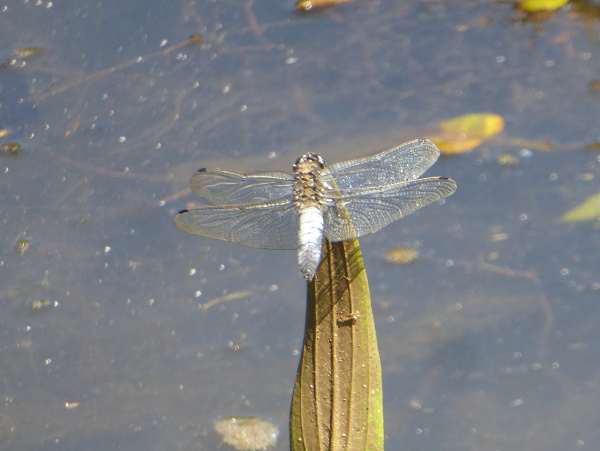
Public transport details: Train from Central at 10.35 towards West Kirby, alighting Moreton 10.55. Returned from Moreton on the train at 14.41, arriving Liverpool at 15.05.
